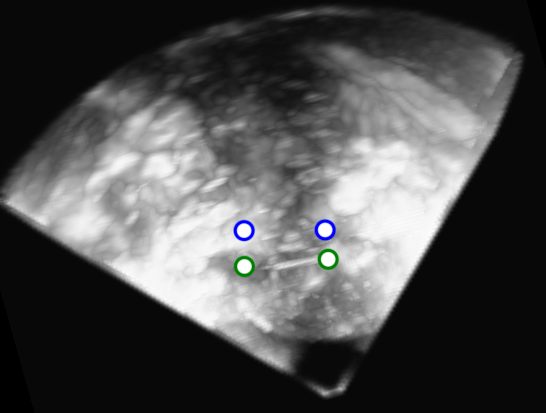Precision Prognosis at Theta Vision
In the realm of medical innovation, our commitment to early intervention is unwavering, driven by the profound impact of timely detection on survival rates, particularly evident in diseases like esophageal cancer. Leveraging our extensive experience in medical imaging, we navigate the complexities of live clinical environments, subjecting our proposed algorithms to the crucible of real-world trials. Join us in reshaping the future of healthcare with a focus on precision, efficiency, and real-world impact.
Early intervention
For many diseases, and esophageal cancer in particular, timely detection is the linchpin for enhanced survival chances. This is immediately apparent from the start contrast between the 5% survival rate for late-stage discovery and the promising 46% for early detection.
Our team has extensive experience with medical imaging and we are committed to transforming these statistics into stories of resilience. Early intervention, particularly through low-morbidity endoscopic treatments, has proven to be a game-changer, substantially reducing the risk of advanced cancer stages.
Live clinical validation
In the realm of cutting-edge medical advancements, our commitment to live clinical validation stands as a testament to the integrity of our work. We understand that the true litmus test for the efficacy of our proposed algorithms lies in the crucible of clinical practice. Therefore, our team brings extensive experience to the forefront, navigating the complexities of live clinical environments with precision. We firmly believe that the only definitive way to evaluate the impact of AI in healthcare is through prospective, real-world trials.
Radiation reduction
Theta vision was also involved in adapting a machine learning model from research to practice. A deliberate departure from 3D segmentations to a regression paradigm was coordinated to align the model with the exigencies of medical interventions, where precision in tip and base coordinates is paramount. This approach also greatly reduces labeling efforts as only coordinates have to be annotated instead of full 3d segmentations.
Noteworthy is the strategic integration of a dimensionality reduction module post the initial 3D convolutional layer, a principled decision that not only enhanced computational efficiency but also safeguarded precision.


